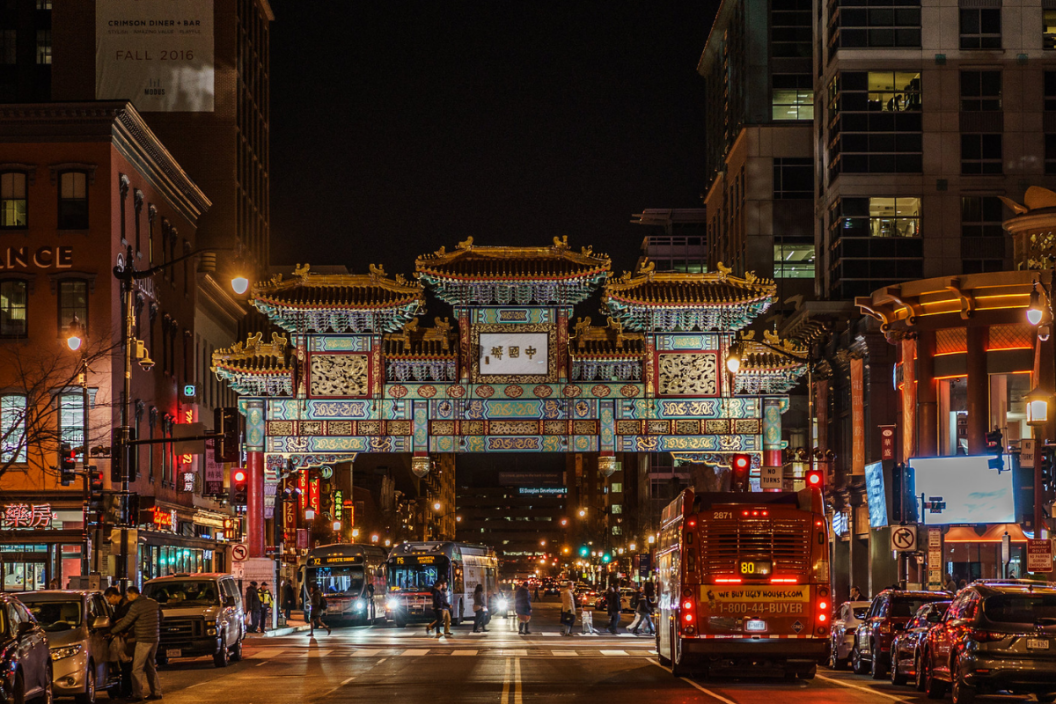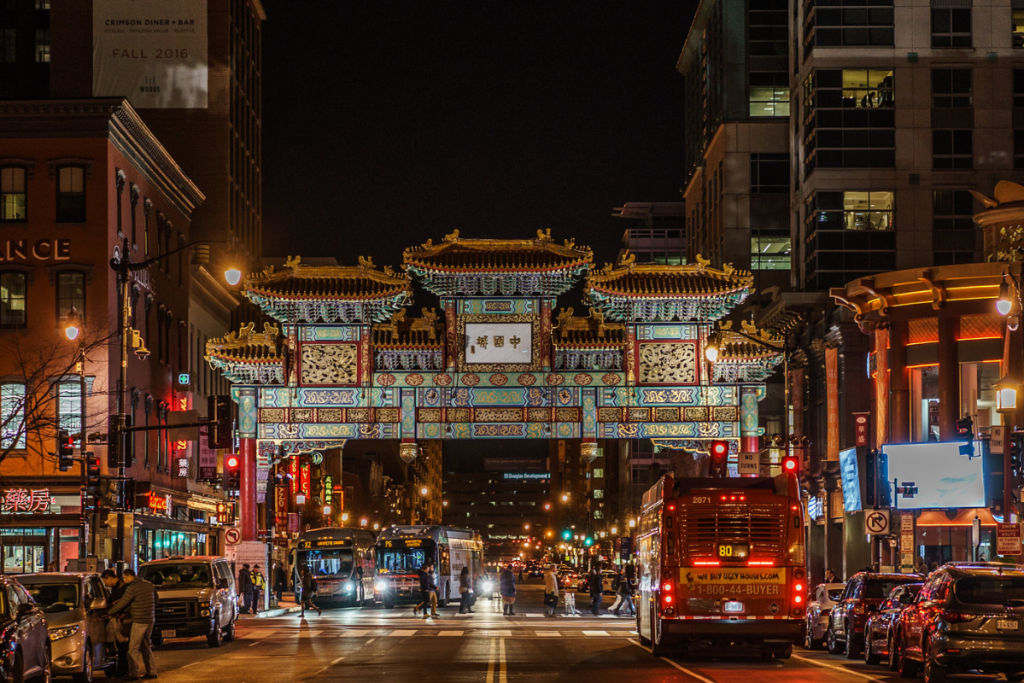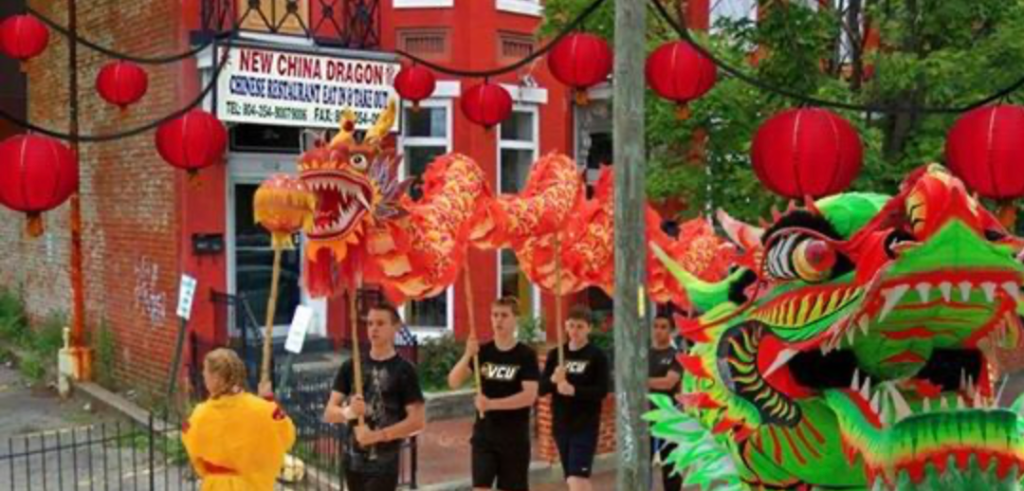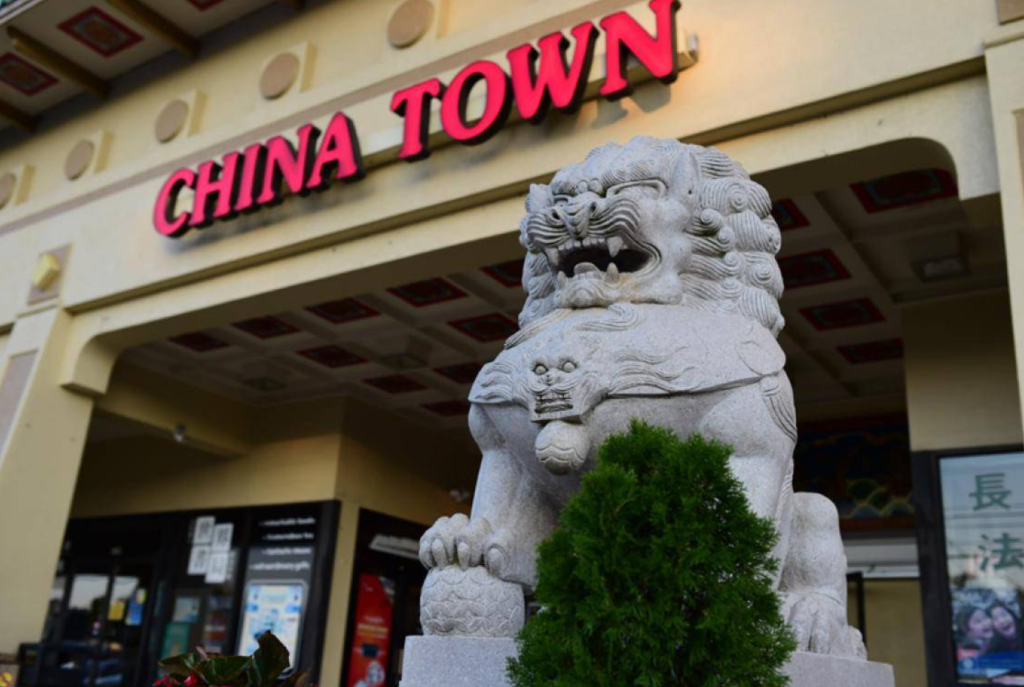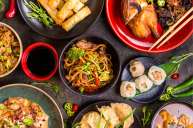After living in Chicago and spending my Sundays sampling dumplings, dim sum and spring rolls at the Chicago Chinatown, I always look for the Chinatown when I visit a new city. Few things are more exciting to me than walking under the traditional Chinese archway to try an assortment of delicious, unfamiliar Asian foods, and then meandering through markets full of quirky Chinese knick knacks. Although the most well-known Chinatowns in the country are in big cities and along the West coast, there are a number of Chinatowns in the South that are worth a visit.
Chinatowns in the United States
Chinatowns in the United States are more than just a collection of authentic Chinese restaurants and strip malls. These districts became safe havens for Chinese immigrants throughout the 19th century and 20th century, when racial discrimination against the Chinese was at its peak. Chinese people are the only ethnic group to officially have been banned entry from America, which occurred with The Chinese Exclusion Act in 1882, prohibiting Chinese immigration. During this time, Chinatowns were the only place for Chinese immigrants to maintain community despite the discrimination they faced on a daily basis.
Now, they provide an enclave of Chinese culture, along with drawing immigrants from other countries in Asia like Vietnam, Taiwan, and the Philippines. Many immigrants from Mainland China ended up on the West Coast because of the California Gold Rush, so the first Chinatowns were created in this part of the country, in cities like San Francisco, Seattle, and Los Angeles. However, many Chinese immigrants eventually moved eastward to work on the Transcontinental Railroad, so new Chinatowns and Chinese communities were established throughout the country in cities like New York City, Philadelphia, and Boston.
Although we don't typically hear about Chinatowns in the Southern United States, they exist, and here are four Southern Chinatowns full of rich history and delicious Asian food.
Houston, TX
Houston is one of the most diverse cities in the country, so it only makes sense that it would have a vibrant Chinatown. After Los Angeles, Houston has the second biggest Indochinese population in the nation, and the thriving Chinatown is a reflection of this well-established presence. The chinatown is in the southwest part of the city, and has six square miles of stores, restaurants and cultural centers. In this Chinatown in the South, check out the Hong Kong City Market for fresh fish, or have some authentic dim sum at Ocean Palace.
Washington, DC
Washington, DC has a well-established Chinatown that's one of the most popular places to visit when tourists come to the city. The district is along the NW blocks H and I, between NW 5th and 8th streets. You can find a variety of tasty foods like roasted duck and homemade egg rolls, which you can snack on while walking the streets. Whether you're hoping to learn about the past of D.C.'s Chinese-American population or try a new food, the Chinatown in Washington, D.C. is the place to go.
Richmond, VA
Although Richmond's Chinatown is still in its beginning stages, it's worth it to note that Richmond, Virgina will soon have a well-established Chinatown. Last year, China Dragon owner Jing Li declared her midtown area restaurant to be the official Chinatown of Richmond. The mayor then affirmed the decision, proclaiming plans for Richmond's New Chinatown. Although the district is currently only a few restaurants, we look forward to seeing its growth in the coming years.
Atlanta, GA
Atlanta has another Chinatown in the South that's a hidden gem of the city. It can be found off I-285 and New Peachtree Road, and you can find Chinese, Taiwanese, Cantonese, Vietnamese, Laotian and Korean culture and food among its varied restaurants. The food court at the mall has multiple Asian restaurants and stalls, along with a tasty bakery. The Atlanta Chinatown Mall is the place to go for a culinary adventure.
READ NOW: Chinese New Year Food Traditions to Eat
